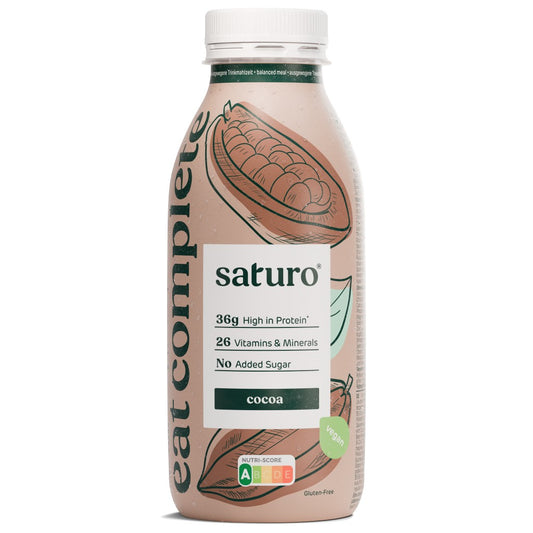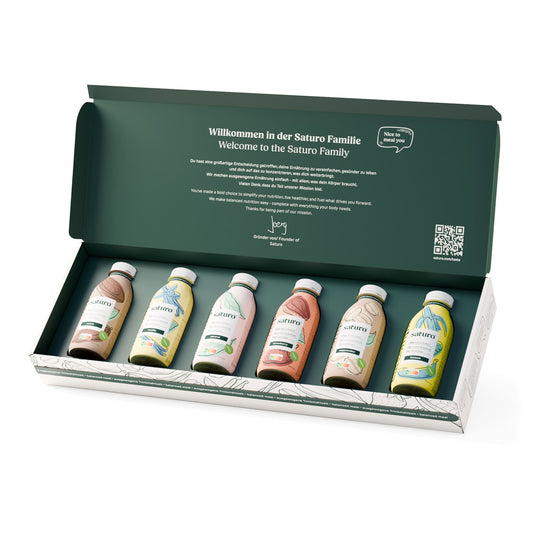Contents
1
What is vitamin B3 deficiency and how much vitamin B3 do you need every day?
2
Vitamin B3 deficiency symptoms
3
Causes of vitamin B3 deficiency
4
Vitamin B3 in food
Vegan vitamin B3 sources
Animal vitamin B3 sources
Drinking meals against vitamin B3 deficiency
Vegan vitamin B3 sources
| Vegan vitamin B3 sources | Vitamin B3 content per 100 g |
|---|---|
| 1. Peanuts (roasted) | 14 mg |
| 2. Shiitake mushrooms (dried) | 14 mg |
| 3. Spirulina (dried) | 13 mg |
| 4. Tomatoes (dried) | 9 mg |
| 5. Chia seeds | 9 mg |
| 6. Sunflower seeds | 8 mg |
| 7. Portobello mushrooms (grilled) | 6 mg |
| 8. Tafini | 6 mg |
| 9. Pumpkin seeds | 5 mg |
| 10. Peach (dried) | 5 mg |
Animal vitamin B3 sources
| Animal vitamin B3 sources | Vitamin B3 content per 100 g |
|---|---|
| 1. Tuna (cooked) | 22 mg |
| 2. Sardens (in oil) | 20 mg |
| 3. Cattle liver (fried) | 18 mg |
| 4. Lamb liver (fried) | 17 mg |
| 5. Chicken breast (fried) | 14 mg |
| 6 | 11 mg |
| 7. Mackerel (cooked) | 11 mg |
| 8. Salmon (cooked) | 10 mg |
| 9. Bacon (fried) | 10 mg |
| 10. Wild meat (cooked) | 9 mg |





